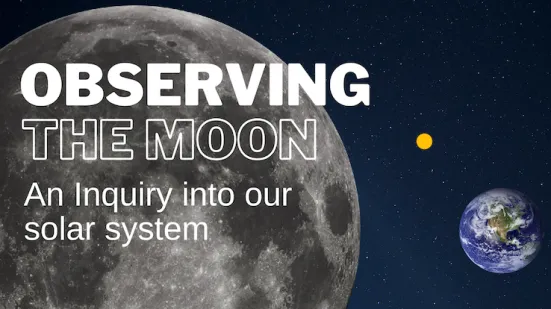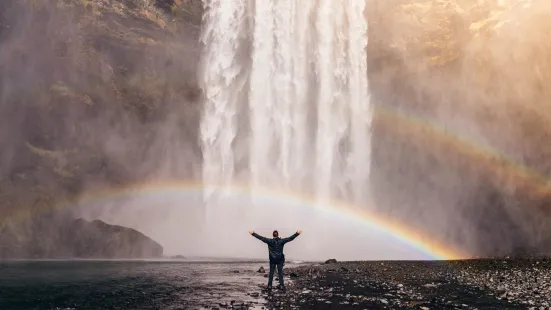Science Lesson Library
Astronomy
Image
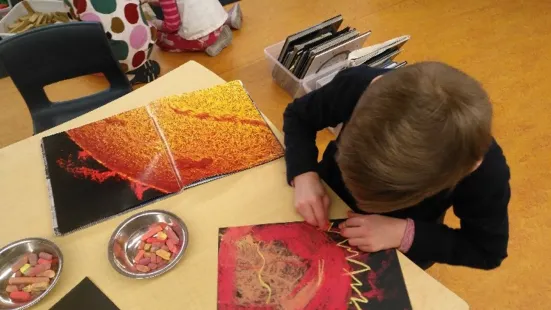
There are many ways to start an inquiry. One effective way is to use a story that focuses children’s attention on a specific topic.
Bird Gliders
Image

Take a peek at what the students learned about flight and how that informed their creative designs!
Birding Field Trip
Image
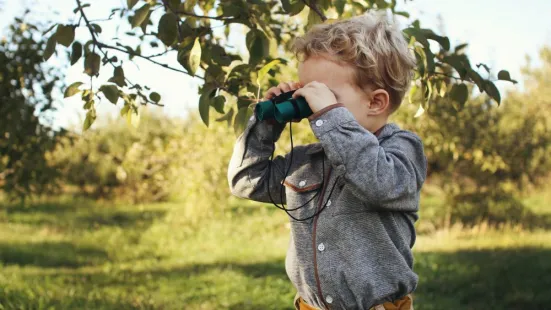
Get your students outside and excited about making observations! We suggest a field trip to a location with potential to see a variety of birds, but the school playground is a good spot, too!
Building Birds Nests
Image

Students construct their own bird nest made of items they think are good options for a bird's nest.
Experimenting with Gravity
Image
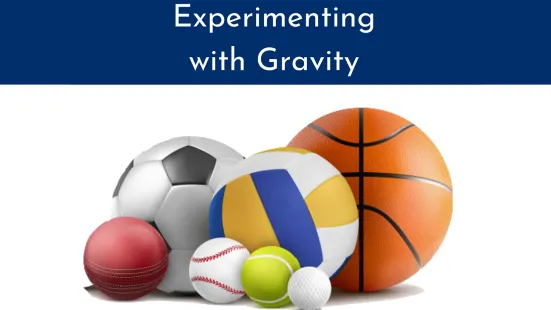
Demonstrate an understanding of forces and how they lead to movement and changes in movement.
Exploration with Balance Scales
Image
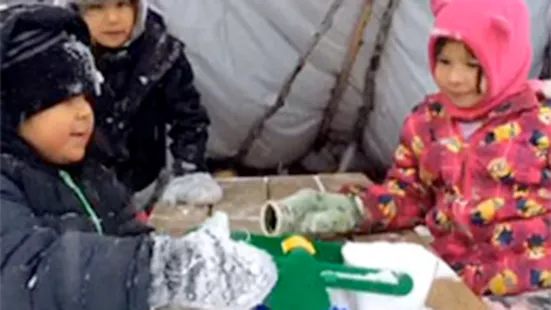
Provide students with an opportunity to learn the use of balance scales in a practical outdoor setting.
Exploring Bird Nests
Image
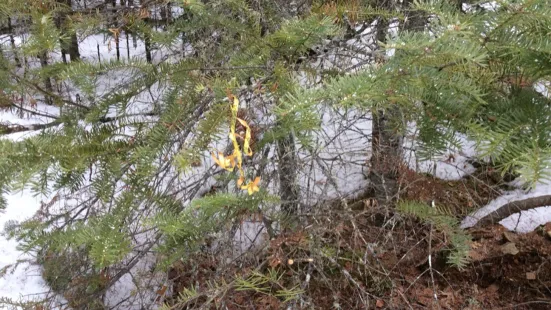
Students observe bird nests and discuss which materials are best used in their construction.
Exploring Water: A Grade 1 Science Inquiry
Image

Grade One Teacher Zoe Donoahue is leading her students on an inquiry into water and she is sharing the journey with The Robertson Program.
Exploring Water: A Grade 4 Science Inquiry
Image
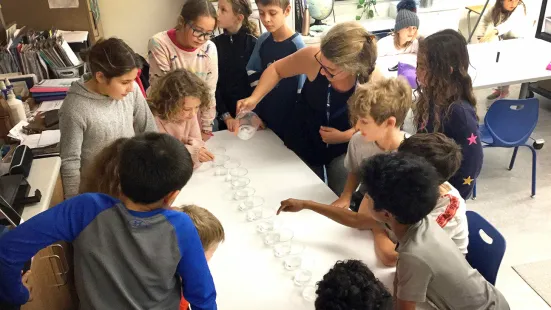
Grade Four Teacher Robin Shaw is leading her students on an inquiry into water and she is sharing the journey with The Robertson Program.
Finding Geometric Shapes Outside
Image
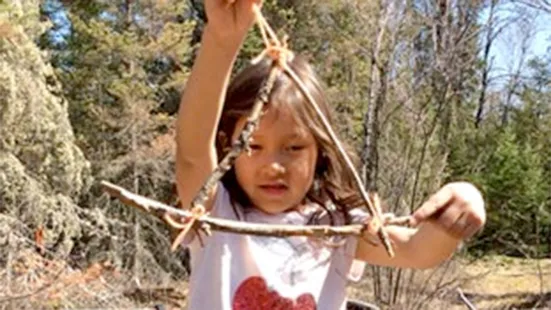
Sticks and stones can make two and three-dimensional shapes that students can use to explore geometry in an outdoor setting.
Further Exploration with Balance Scales
Image
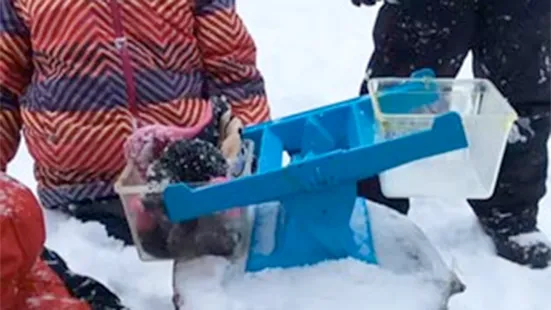
Students use balance scales to become more familiar with the concepts of weight, balance and measurement.
Getting to Know eBird
Image
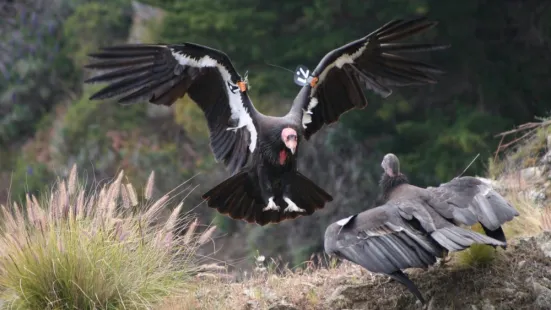
Introduce your students to a database of bird information contributed by everyday birders. As your navigate the website, they will encounter bar charts, data regarding habitat, location, population and migration.
Gravity
Image
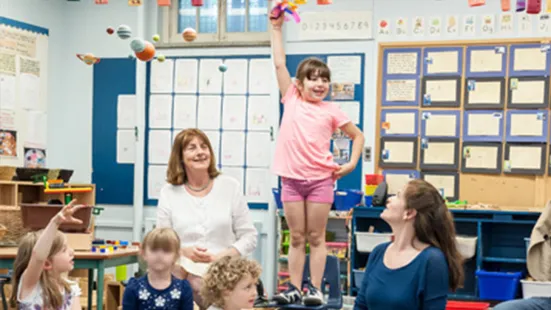
In an attempt to explore this question and other aspects of Gravity further, students designed and implemented a number of creative experiments.
How Many Steps?
Image
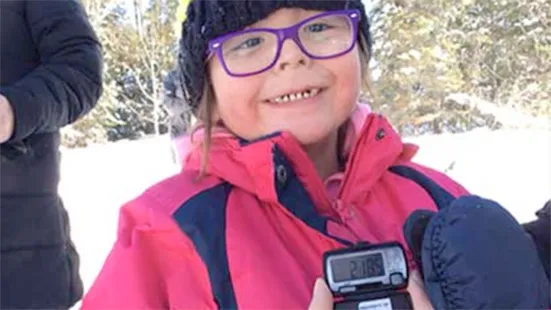
Students quantify distance by walking along a pathway from one location to another wearing pedometers.
Letters for Environmental Change
Image
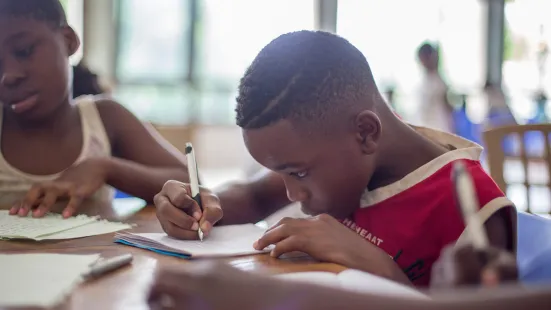
Analyze the immediate and long-term effects of energy and resource use on society and the environment and evaluate options for conserving energy and resources.
Magnets
Image
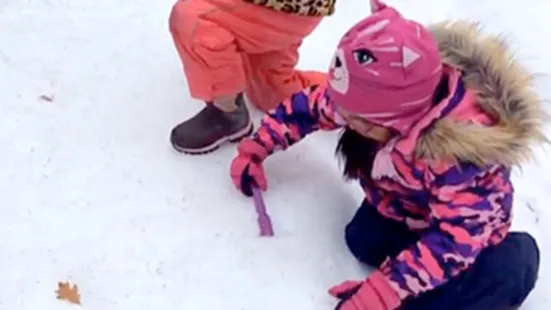
Children engage in an exploration of magnets, further discovering what items are magnetic and what items are not.
Making Sense of Sounds
Image
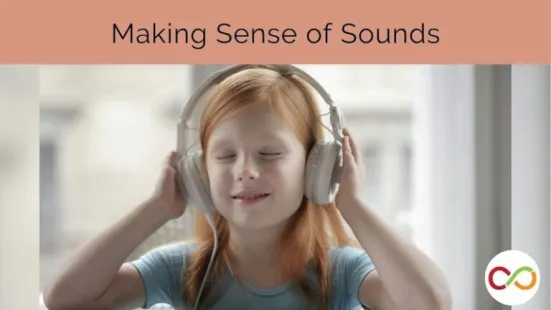
Children will understand that both live and recorded sounds make use of vibrations, and be able to describe how a sound makes them feel and identify different qualities of a sound.
Measuring Imprints Outside
Image

Students make and measure imprints outside and learn how they represent non-standard units of measurement.
Measuring the Circumference of a Tree
Image
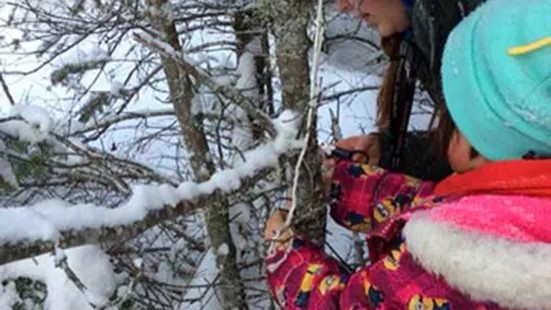
Students use standard units of measurement to measure and compare the circumferences of trees.
Measuring the Depth of Snow
Image

Snowfall can be a learning opportunity when students measure and compare the depth of the fallen snow each week.
Mini Beasts
Image
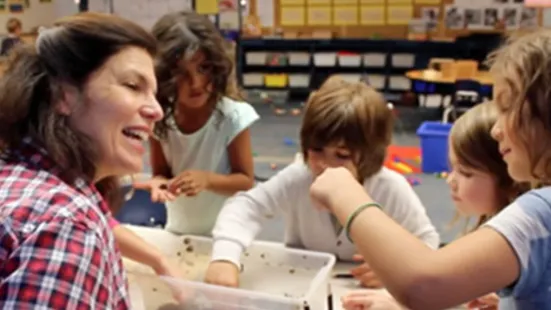
Carol Stephenson, Kindergarten teacher at the Dr. Eric Jackman Institute for Child Study Laboratory School, brings us inside her classroom to share how she fosters inquiry-based learning with her students.
Potato Power
Image
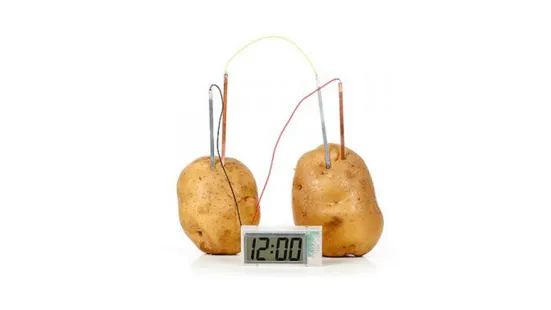
Investigate energy transformation and conservation. Demonstrate an understanding of the various forms and sources of energy and the ways in which energy can be transformed and conserved.
Salmon Inquiry: A Grade 2 Science Exploration
Image
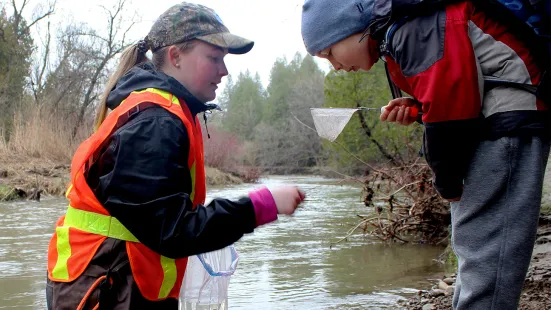
Raadiyah Nazeem is leading her students on an inquiry into salmon and she is sharing the journey with The Robertson Program.
Seeking Sounds in Our Neighbourhood
Image

Students will learn that sounds travel differently depending on their environment and the materials and surfaces around them.
Simulating Resource Sharing
Image
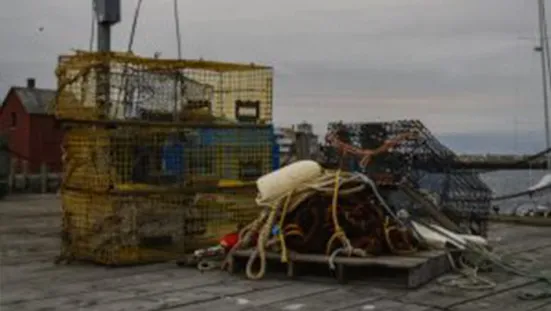
This lesson explores what happens when individuals act only in their best interests to get the greatest number of fish. The simulation will allow students to see the different possibilities of working together to conserve resources.
States of Water
Image
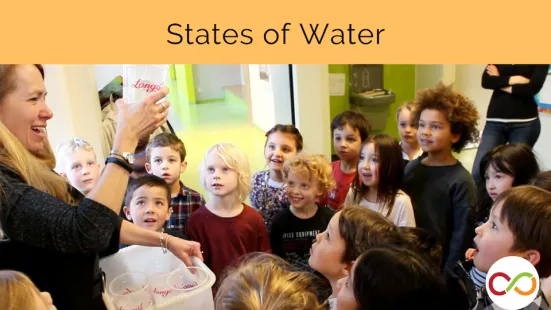
In this multi-part lesson, students investigate the properties of water in its various states.
Studying Water - Part 1
Image

A multi-part lesson integrating math, environmental science, geography, language arts, Indigenous rights, and social justice to explore why First Nation communities disproportionately face boil water advisories, sparking meaningful discussions through mathematics.
The Feeder Project
Image

Have your students consider these details as they plan a potential bird feeder design. Along the way, they’ll also consider different costs, including construction and food type.
The Plants Around Us
Image
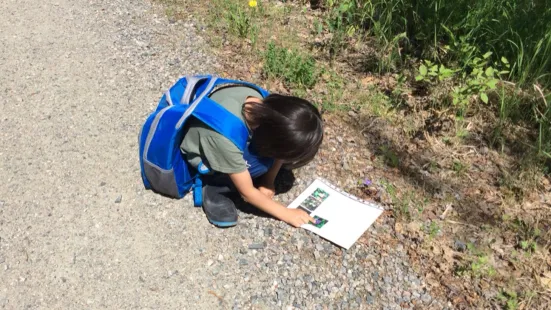
Students learn about the types and parts of a plant by exploring their natural environment.
The Sounds that Surround Us Inside
Image

Children can identify and describe a sound’s direction and volume.
Using maps and investigating catch rates to understand lobster abundance in Nova Scotia waters
Image
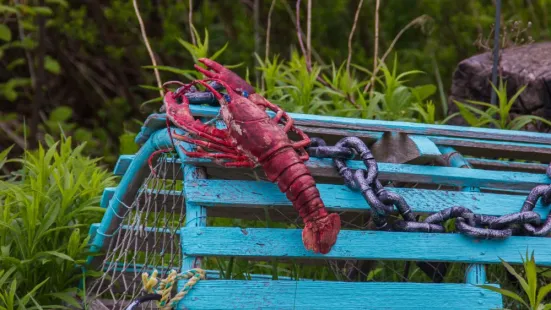
Once students better understand the species, they can explore the interaction between lobsters and fishers.
Women in Mathematics: Sophie Germain and Elasticity
Image

Learn about celebrated female mathematician Sophie Germain and her incredible work on elasticity.
